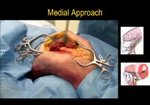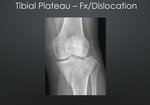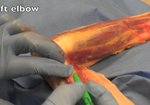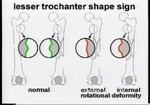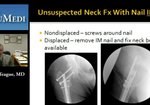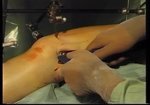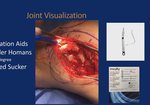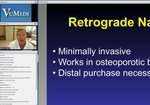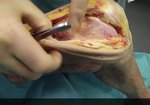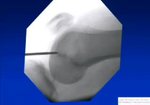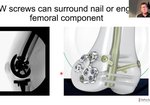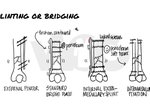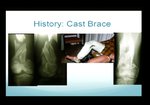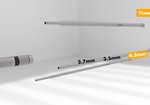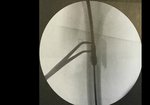
Video Player is loading.
Current Time 0:00
/
Duration 0:00
Loaded: 0%
0:00
Stream Type LIVE
1x
- 0.5x
- 0.75x
- 1x, selected
- 1.25x
- 1.5x
- 1.75x
- 2x
- Chapters
- descriptions off, selected
- captions settings, opens captions settings dialog
- captions off, selected
This is a modal window.
Beginning of dialog window. Escape will cancel and close the window.
End of dialog window.
10 seconds
Playback speed
This is a modal window. This modal can be closed by pressing the Escape key or activating the close button.
Treatment of a Segmental Bone Defect Using the Induced Membrane Technique: The Masquelet Procedure
5,748 views
June 13, 2016
Purpose:
Posttraumatic bone defects in the setting of severe, open injuries of the lower extremity ...
read more ↘ present a significant challenge for orthopaedic trauma surgeons. The induced-membrane technique, also known as the Masquelet technique, has been shown to be generally successful in achieving bony union. This video demonstrates the use of the Masquelet technique for a large (18cm) femoral defect.
Methods:
The Masquelet technique is a two-stage process. The first stage involves debridement of all devitalized tissue, using open reduction and internal fixation, and placement of a cement spacer with or without antibiotics. In the second stage, which is carried out at least 6 weeks after the first, the spacer is removed and the resulting void is filled with bone graft.
Results:
This surgical case video reviews the relevant patient injury presentation, initial management, and indications for the Masquelet technique. The second stage of the Masquelet technique is featured in this video.
Conclusions:
The Masquelet technique is a generally reliable method for treating large segmental bone defects. Additionally, this relatively simple technique is suitable for both infected and non-infected cases.
↖ read less
Posttraumatic bone defects in the setting of severe, open injuries of the lower extremity ...
read more ↘ present a significant challenge for orthopaedic trauma surgeons. The induced-membrane technique, also known as the Masquelet technique, has been shown to be generally successful in achieving bony union. This video demonstrates the use of the Masquelet technique for a large (18cm) femoral defect.
Methods:
The Masquelet technique is a two-stage process. The first stage involves debridement of all devitalized tissue, using open reduction and internal fixation, and placement of a cement spacer with or without antibiotics. In the second stage, which is carried out at least 6 weeks after the first, the spacer is removed and the resulting void is filled with bone graft.
Results:
This surgical case video reviews the relevant patient injury presentation, initial management, and indications for the Masquelet technique. The second stage of the Masquelet technique is featured in this video.
Conclusions:
The Masquelet technique is a generally reliable method for treating large segmental bone defects. Additionally, this relatively simple technique is suitable for both infected and non-infected cases.
↖ read less
Comments 3
Login to view comments.
Click here to Login


